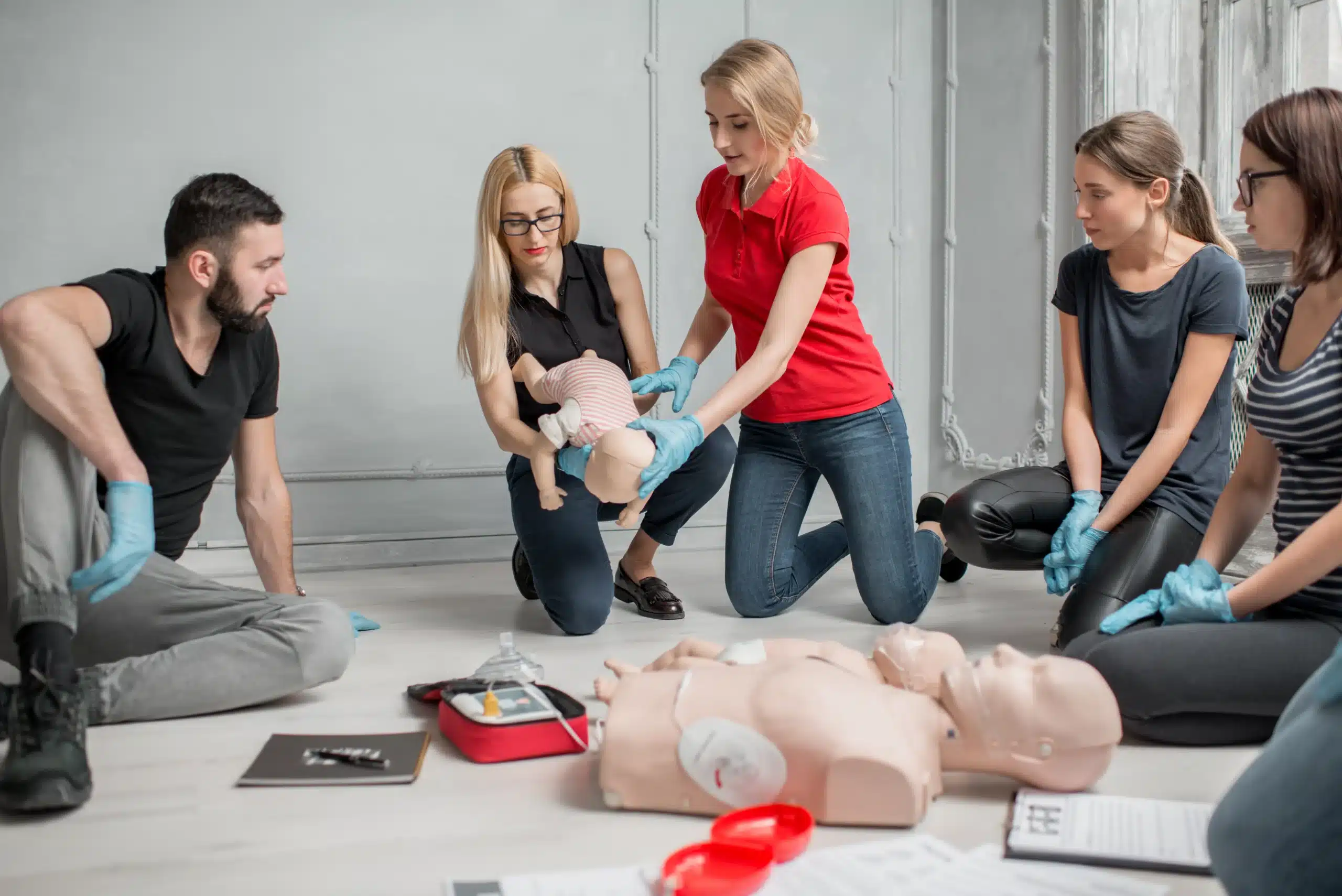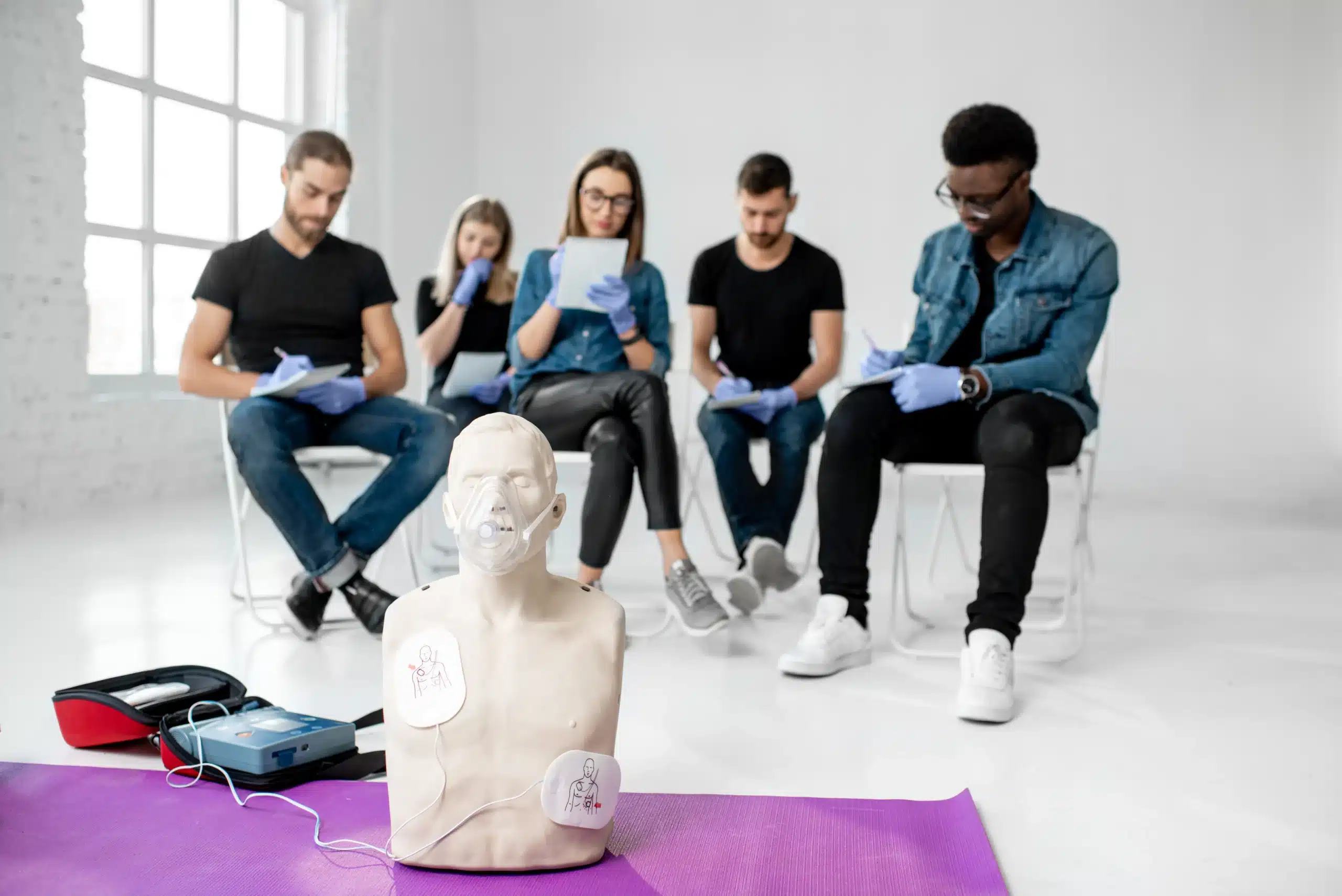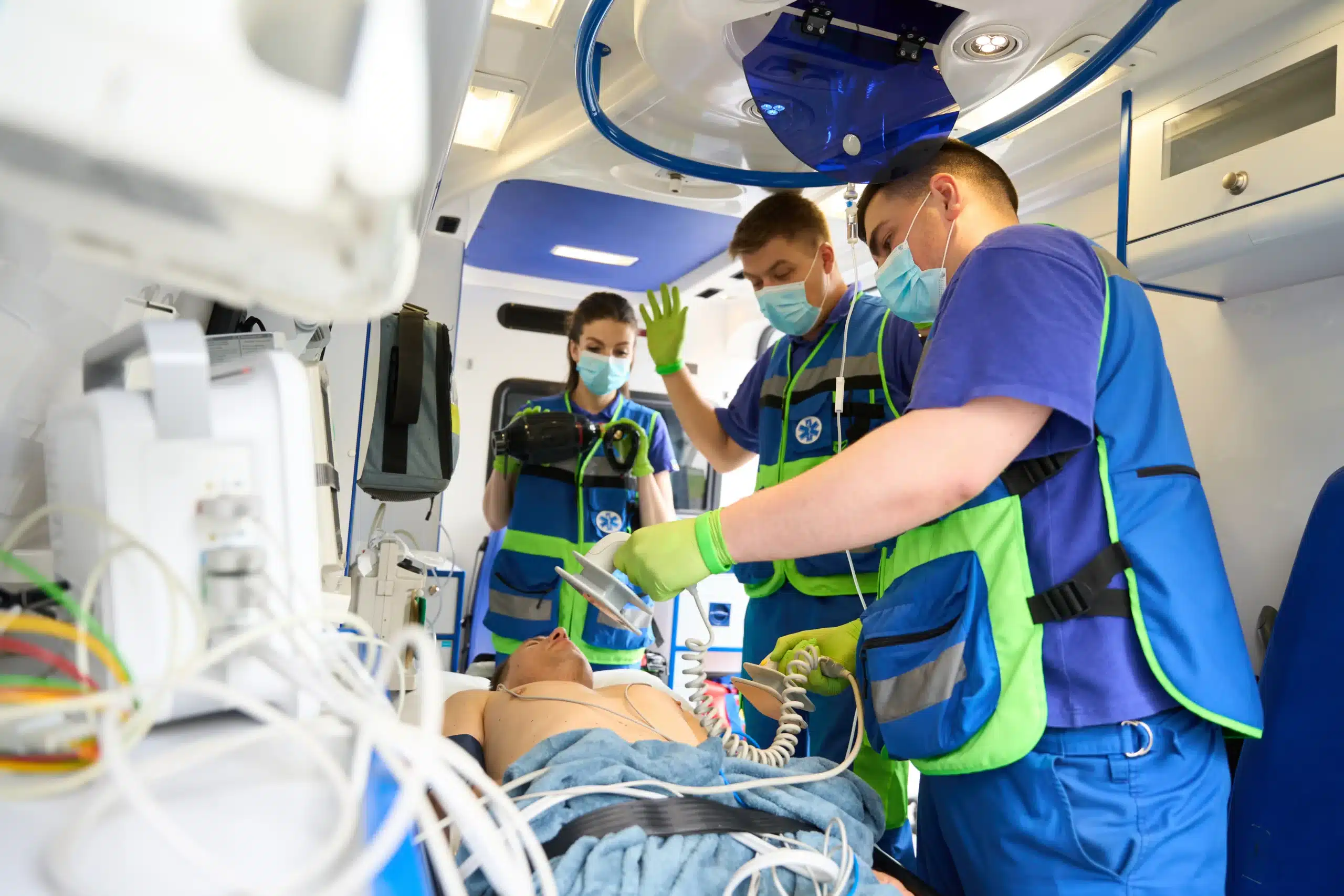CPR and First-Aid Training at Work
Workplace safety is no longer optional. Every day, employees face potential dangers. Whether it’s an accident, a health crisis, or an unexpected emergency, being prepared can save lives. Workplace CPR and first-aid training equip staff with the skills needed to handle these situations effectively. In this blog post, we’ll explore why these training programs are crucial and how they benefit both employers and employees.
Understanding CPR and First-Aid Training
CPR stands for Cardiopulmonary Resuscitation. It’s a life-saving technique. When someone’s heart stops beating, CPR helps maintain blood flow to the brain and heart. First-aid training, on the other hand, teaches basic medical care during an emergency. This includes bandaging wounds, treating burns, and managing allergic reactions.
Both types of training empower individuals. They provide the knowledge and confidence to act swiftly during a crisis. Knowing how to perform CPR or administer first aid makes a significant difference. It can mean the difference between life and death.
The Importance of Timely Intervention
Emergencies require prompt action. Time is of the essence. In a cardiac arrest, every minute counts. With each passing minute, the chances of survival decrease by 10%. Fast response can save lives. CPR keeps oxygen flowing, providing vital time until professional help arrives.
Similarly, first-aid techniques stabilize injuries. They prevent conditions from worsening. For instance, stopping bleeding quickly reduces the risk of shock. Proper intervention in emergencies preserves life and promotes recovery.
Creating a Safer Workplace Environment
Safety should be a priority. Organizations benefit from investing in training programs. Employees feel safer knowing their peers can assist in emergencies. This creates a culture of safety. It promotes trust and cooperation among staff.
Furthermore, accidents and injuries disrupt operations. They lead to downtime and financial losses. By having trained individuals on site, companies minimize risks. They ensure a rapid response, reducing the impact of incidents.
Legal and Ethical Responsibilities
Employers have a duty of care. They must ensure the safety of their workers. Providing CPR and first-aid training meets legal obligations. Various regulations mandate workplace safety protocols. Non-compliance can result in fines and legal consequences.
Ethically, organizations should prioritize employee well-being. Training programs demonstrate a commitment to staff safety. This strengthens the employer-employee relationship. Employees appreciate companies that invest in their safety and development.
Boosting Employee Confidence and Morale
Training boosts confidence. Employees feel empowered. They know they possess valuable skills. This confidence extends beyond emergencies. Staff members approach tasks with assurance, improving overall performance.
Additionally, morale increases when employees feel valued. Offering training programs shows investment in personal growth. This leads to higher job satisfaction. Happy employees are productive, fostering a positive work environment.
Enhancing Teamwork and Communication
CPR and first-aid training foster teamwork. Participants learn to work together in high-pressure situations. Effective communication is essential. Teams coordinate actions to ensure a successful outcome.
These skills translate to everyday tasks. Employees become better communicators. They collaborate more efficiently. This enhances productivity and strengthens team dynamics.
Reducing Workplace Accidents and Injuries
Prevention is key. Trained employees spot hazards early. They know how to avoid common accidents. Proactive measures prevent injuries. This reduces workplace incidents and associated costs.
Regular training refreshes knowledge. It reinforces safety practices. Employees remain vigilant, fostering a safer work environment.
Attracting and Retaining Talent
Top talent seeks safe workplaces. Job seekers prioritize companies that value safety and development. Offering CPR and first-aid training makes organizations attractive. It’s a competitive advantage in recruitment.
Retention rates improve when employees feel secure. Training programs contribute to job satisfaction. Staff are more likely to stay with an employer that invests in their safety and growth.
Supporting Mental Health and Well-being
Emergencies are stressful. They affect mental health. Training prepares employees for high-pressure situations. It reduces anxiety and panic during crises.
Training programs also support overall well-being. Employees gain skills that apply outside work. They feel prepared to help friends and family, enhancing personal life satisfaction.
Cost-Effectiveness of Training Programs
Training programs are cost-effective. Initial investment prevents costly accidents. Savings result from reduced downtime and improved safety.
Insurance premiums decrease when companies implement safety measures. Insurers recognize the value of training. This provides financial incentives for organizations to invest in staff development.
Implementing a Successful Training Program
Successful programs require planning. Companies should assess their needs. They must choose appropriate training providers. Certified trainers ensure quality instruction.
Programs should be accessible. Offering training during work hours increases participation. Refresher courses maintain knowledge and skills.
Promoting a Culture of Continuous Learning
Learning never stops. Encouraging staff to update skills benefits everyone. Continuous learning enhances adaptability. Employees face challenges with confidence.
Organizations thrive in dynamic environments. They remain competitive by fostering a culture of growth. Training programs are a crucial part of this strategy.
Conclusion
The importance of workplace CPR and first-aid training cannot be overstated. These programs save lives, enhance safety, and improve organizational performance. Employers have a responsibility to provide this training. Doing so demonstrates a commitment to employee well-being.
Investing in CPR and first-aid training benefits everyone. Employees gain skills that empower them. Organizations reduce risks and create a safer work environment. It’s a win-win situation.
For those interested in exploring further, consider implementing training programs. Consult certified providers and customize training to your needs. Start today and contribute to a safer tomorrow.






